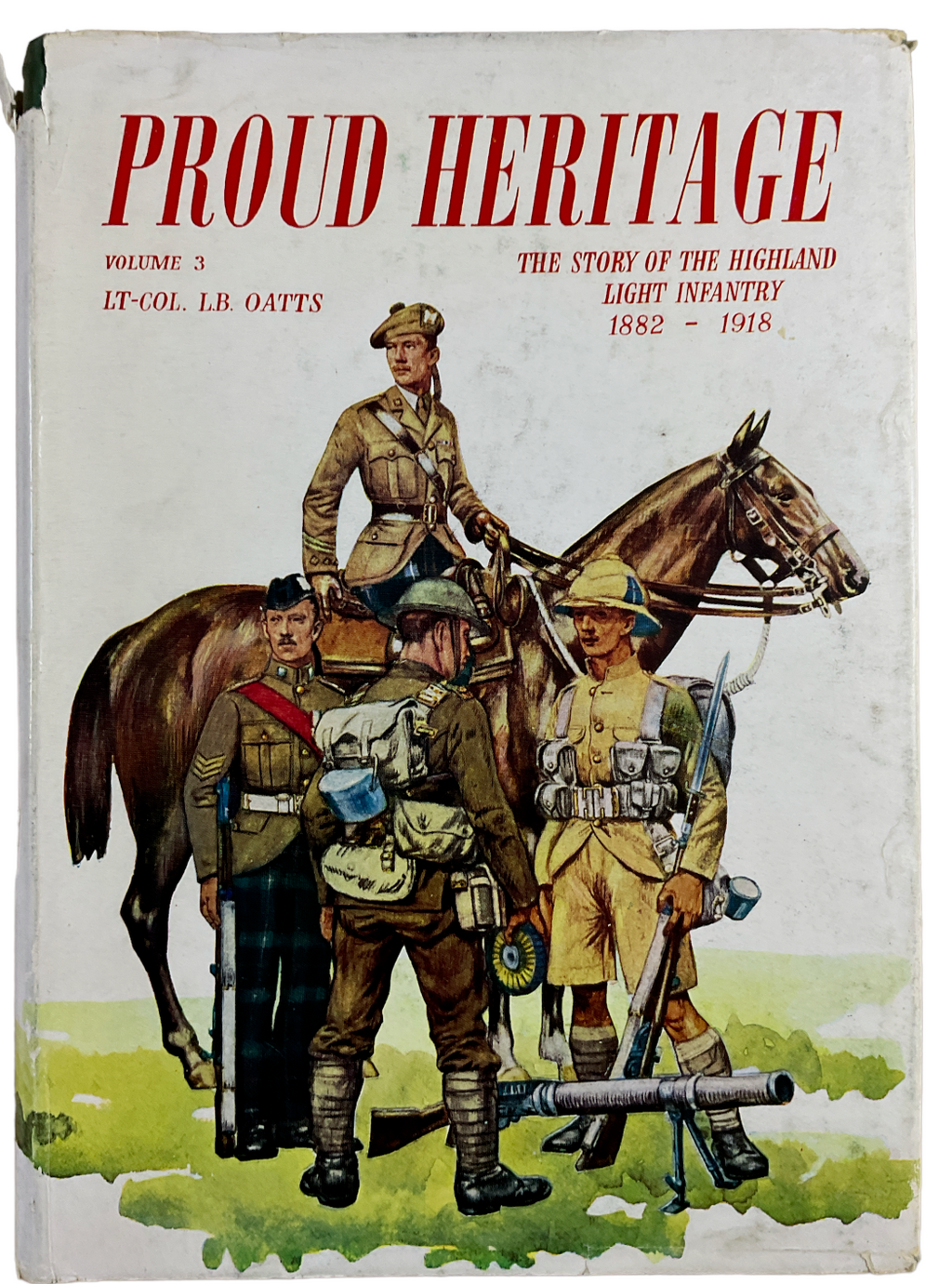In 1908, the British Government recognised the military potential of aircraft. The
Prime Minister,
H. H. Asquith, approved the formation of an "Advisory Committee for Aeronautics" and an "Aerial Sub-Committee of the
Committee of Imperial Defence". Both committees were composed of politicians,
army officers and
Royal Navy officers. On 21 July 1908 Captain
Reginald Bacon, who was a member of the Aerial Navigation sub-committee, submitted to the
First Sea Lord Sir John Fisher that a rigid airship based on the
German Zeppelin be designed and constructed by the firm of
Vickers. After much discussion on the Committee of Imperial Defence the suggestion was approved on 7 May 1909. The airship, named
Mayfly, never flew and broke in half on 24 September 1911. The then First Sea Lord,
Sir Arthur Wilson, recommended that rigid airship construction be abandoned.
[2]
On 21 June 1910, Lt.
George Cyril Colmore became the first qualified pilot in the Royal Navy. After completing training, which Colmore paid for out of his own pocket, he was issued with
Royal Aero Club Certificate Number 15.
[3]
In November 1910, the Royal Aero Club, thanks to one of its members,
Francis McClean, offered the Royal Navy two aircraft with which to train its first pilots. The club also offered its members as instructors and the use of its airfield at
Eastchurch on the
Isle of Sheppey. The
Admiralty accepted and on 6 December the
Commander-in-Chief, The Nore promulgated the scheme to the officers under his jurisdiction and requested that applicants be unmarried and able to pay the membership fees of the Royal Aero Club. The airfield became the Naval Flying School, Eastchurch.
[4] Two hundred applications were received, and four were accepted: Lieutenant
C. R. Samson, Lieutenant
A. M. Longmore, Lieutenant A. Gregory and Captain
E. L. Gerrard,
RMLI.
[5]
History[edit]
 Commander C. Samson
Commander C. Samson of the RNAS takes off from
HMS Hibernia in his modified
Shorts S.38 “hydro-aeroplane” to be the first pilot to take off from a ship underway at sea.




